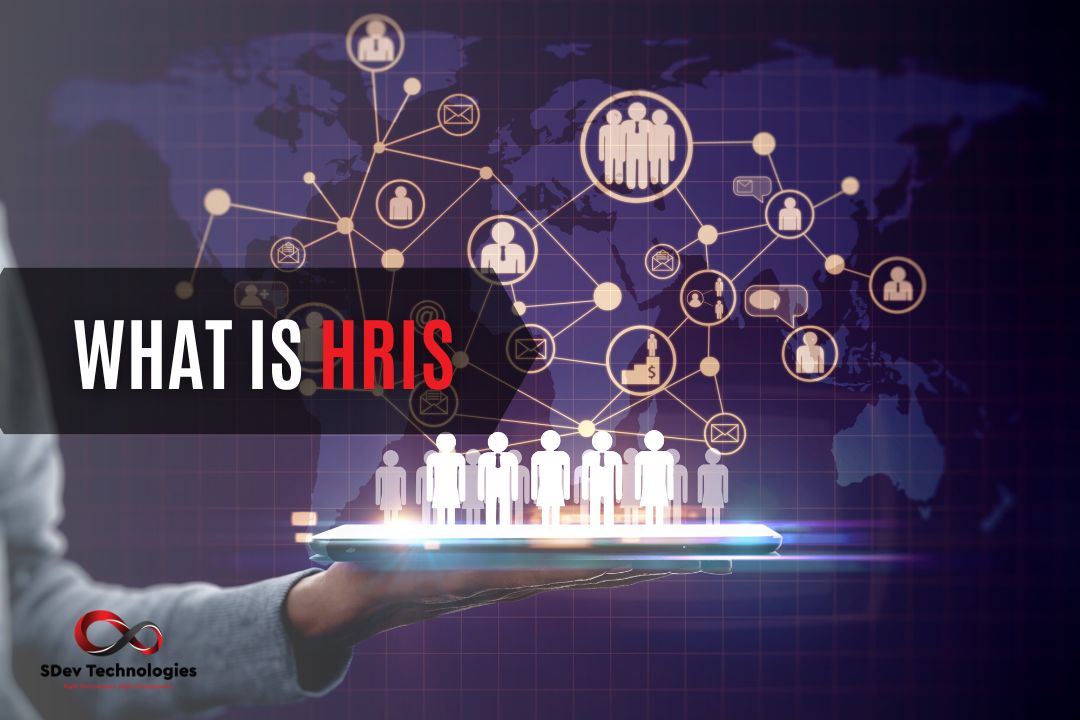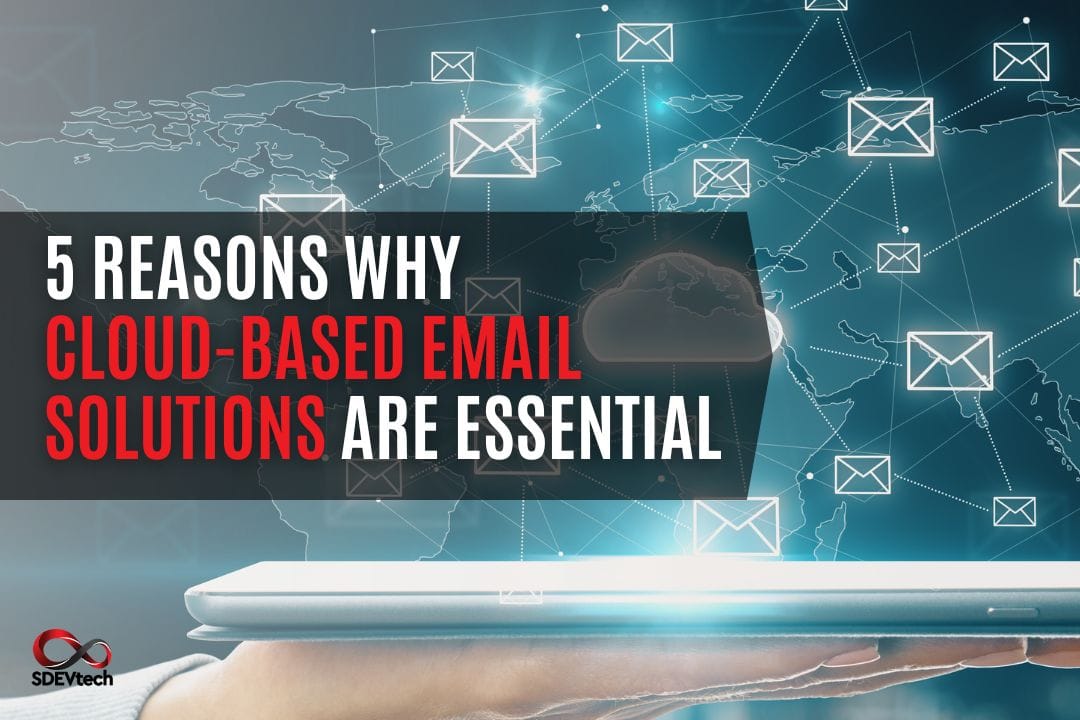Beginner’s Guide
Human resources professionals are the unsung heroes of any organization. They bridge the rank and file and the higher-ups. Working in tandem with accounting, the HR team makes sure that everyone gets paid on time and in full and that the company always complies with regulations. When there are grievances, they’re instrumental in ironing out differences in an amicable way.
What Is HRIS?
An HRIS is software designed to automate the tedious administrative tasks HR deals with regularly.
Its two pillars are organizational design and employee data management. So originally, its functionality is simplistic and does recordkeeping only. But as HR professionals began to wear many hats, its feature set has grown tremendously.
These days, HRIS is synonymous with human resources management system (HRMS) and human capital management (HCM) as a reflection of its current wider range of use cases.
Who Uses HRIS and How Is It Used?
Primarily, the HR department uses the HRIS since it’s in charge of 201 file management and timekeeping. But anyone else that handles payroll, employee scheduling, and report generation to some extent will find this solution extremely useful.
In terms of deployment, the typical HRIS in the Philippines is cloud-based. So, you can access it through a web browser or download its mobile apps. Plus, it may have an application programming interface that you can integrate with your other business tools to put all of your data in one place.
Using the software-as-a-service model, you can get the license to your chosen HRIS immediately after you buy a subscription. This solution is practically plug and play, so there’s little manual configuration needed to set it up.
What Types of Information Does HRIS Manage?
Usually, 201 files, daily time records, employee shifts, field personnel schedules, and payroll data are the types of information a reliable HRIS can manage.
What Are the Features of HRIS?
The traditional features of an HRIS include employee records storage and customizable report generation. But in the Philippines where the demand for accurate and efficient payroll management and timekeeping with geolocation is growing stronger, more functionalities are necessary.
That’s why at SDev Technologies, we developed our cloud-based HRIS platform with Filipino HR professionals in mind. Our innovative solution can auto-calculate and -process deductions, seamlessly update contributions, and generate printable payslips in need be.
Likewise, our HRIS simplifies timekeeping using biometrics and makes it possible to locate field personnel wherever they may be. Plus, it empowers all members of your organization to keep track of their time cards and leave credits through an intuitive employee dashboard.
Who Benefits From an HRIS?
Everybody can benefit from a good HRIS. Its main purpose is to unburden HR professionals from their mundane, repetitive duties and responsibilities. The more time they have to take care of the other important matters on their plate, the more they can perform their roles efficiently.







